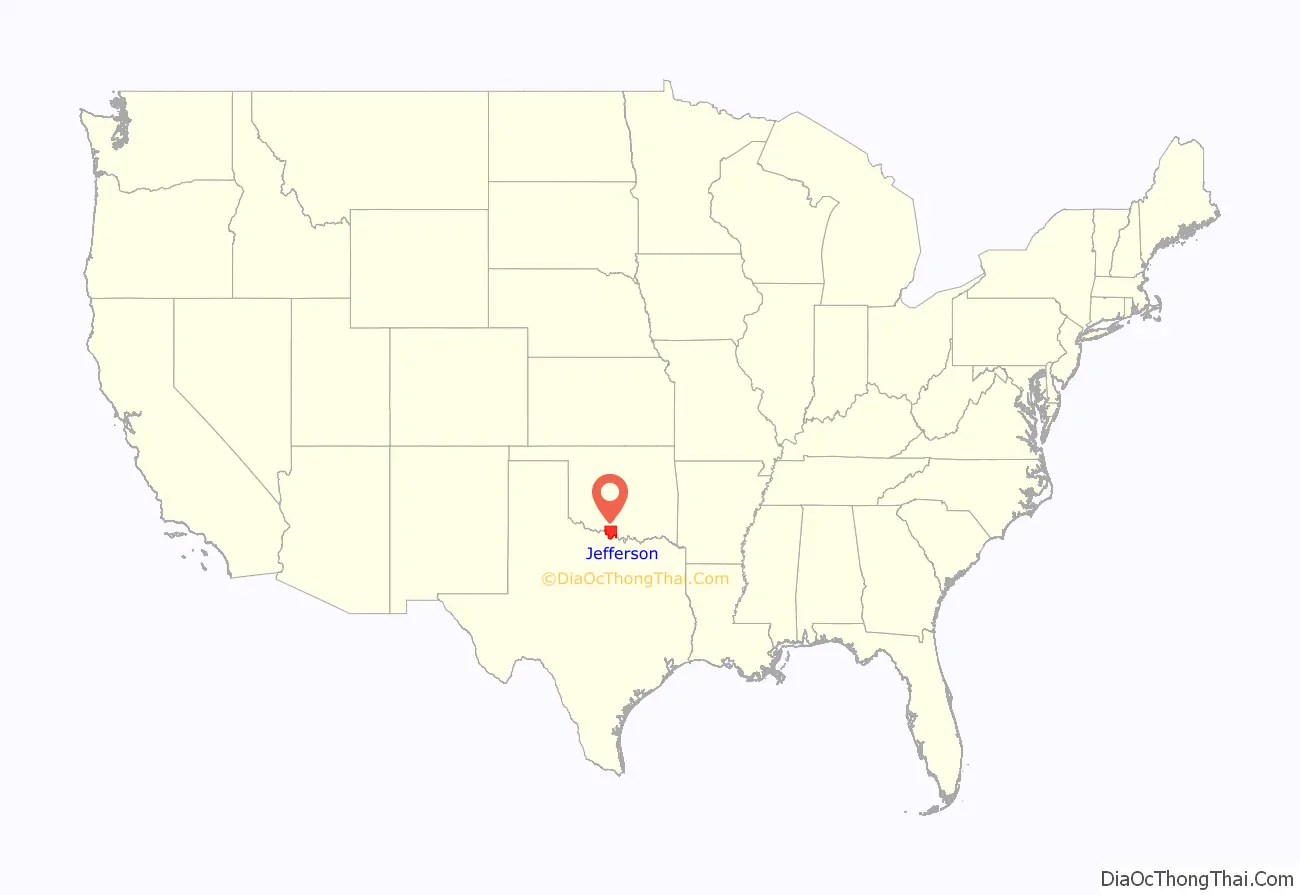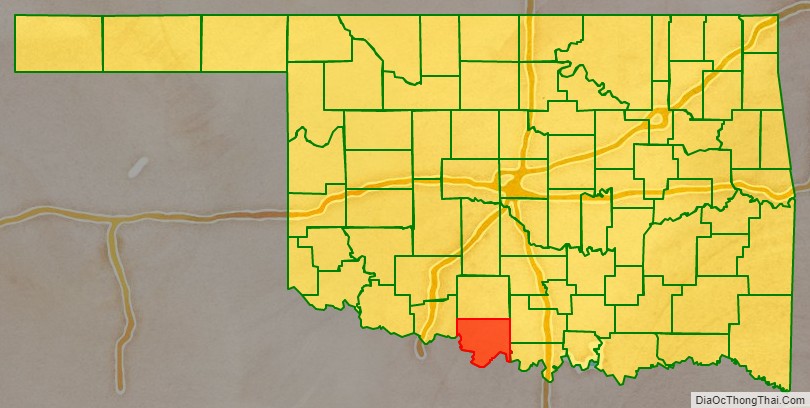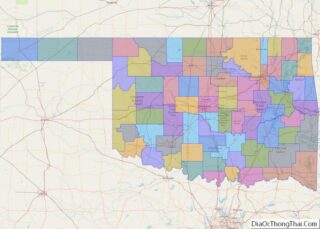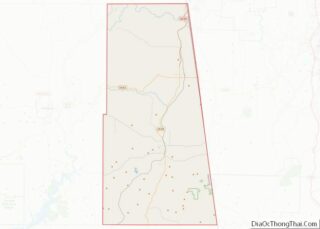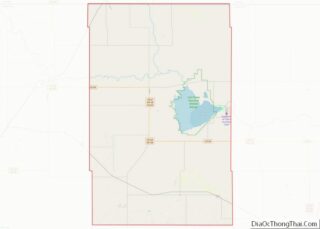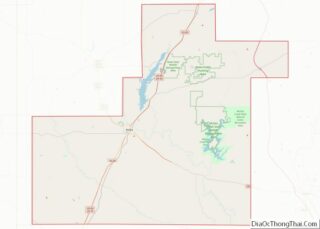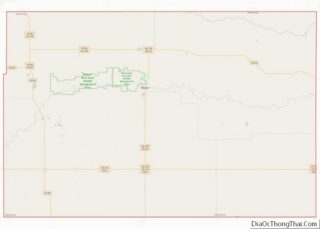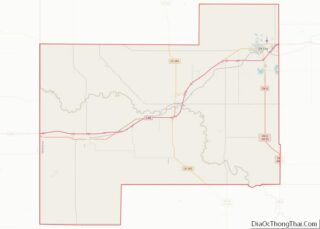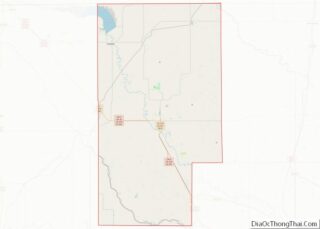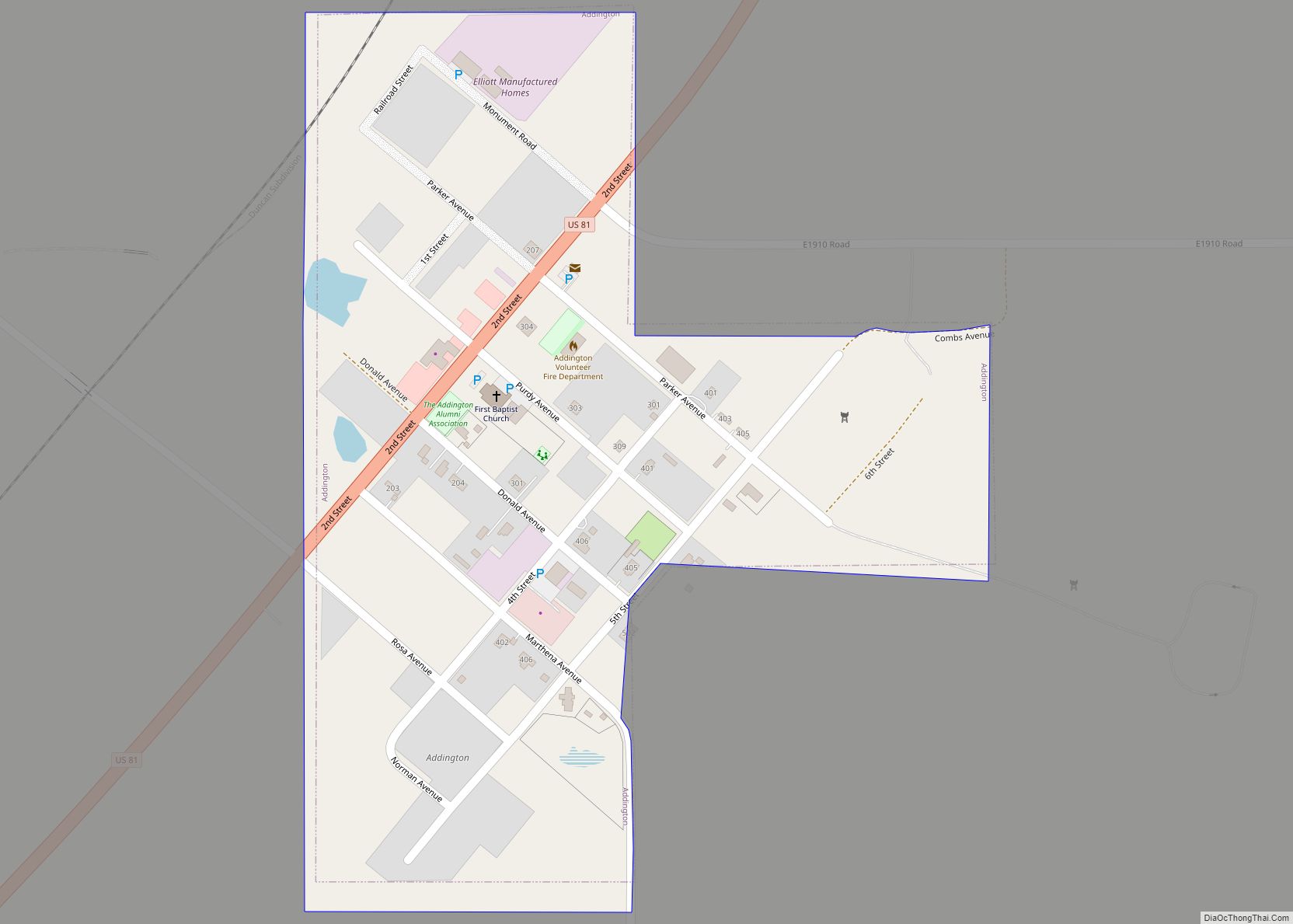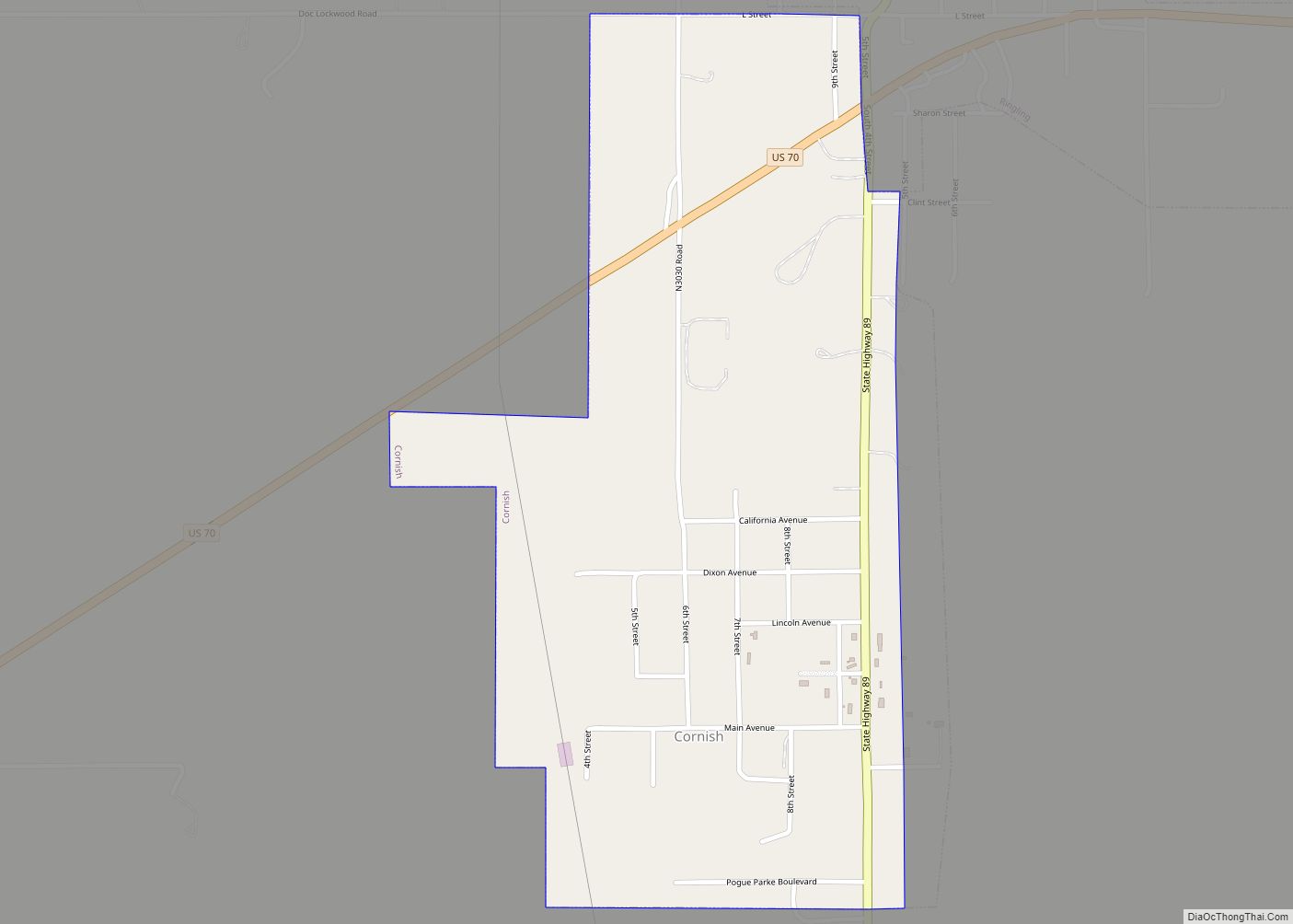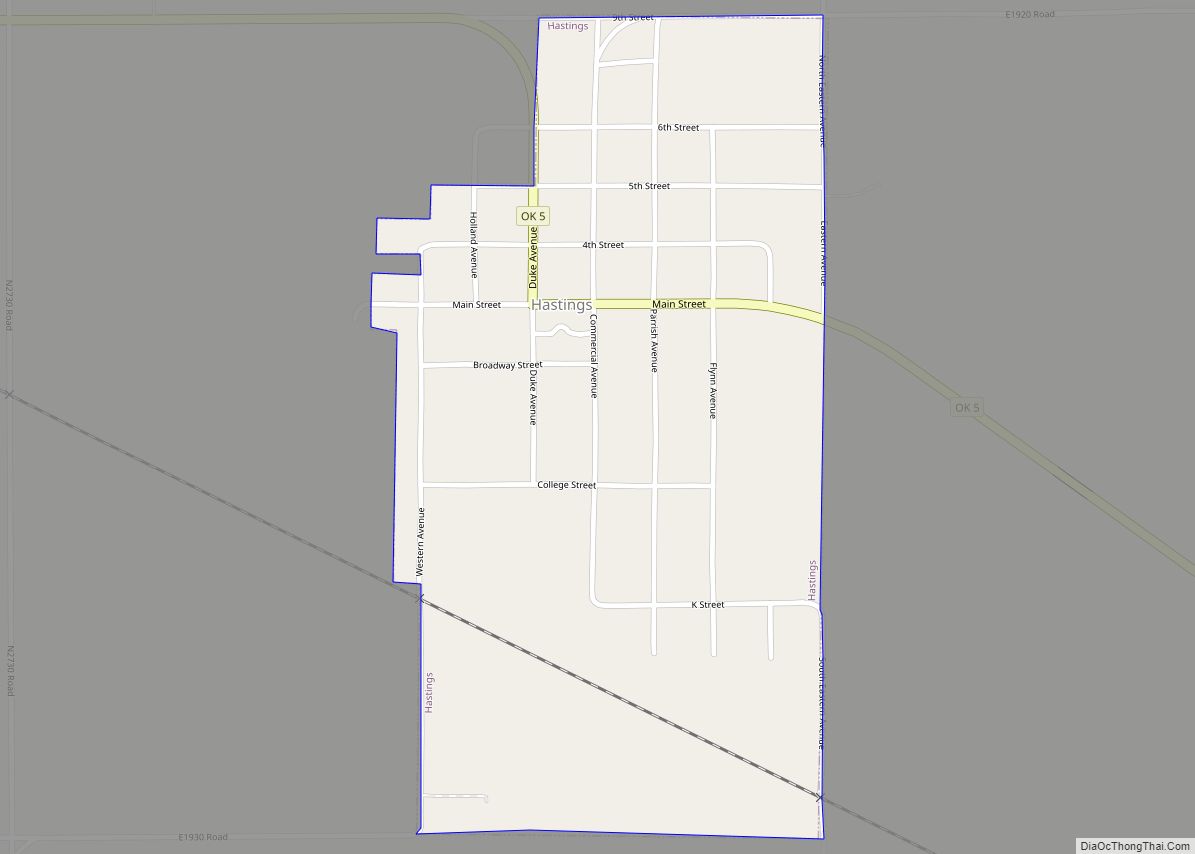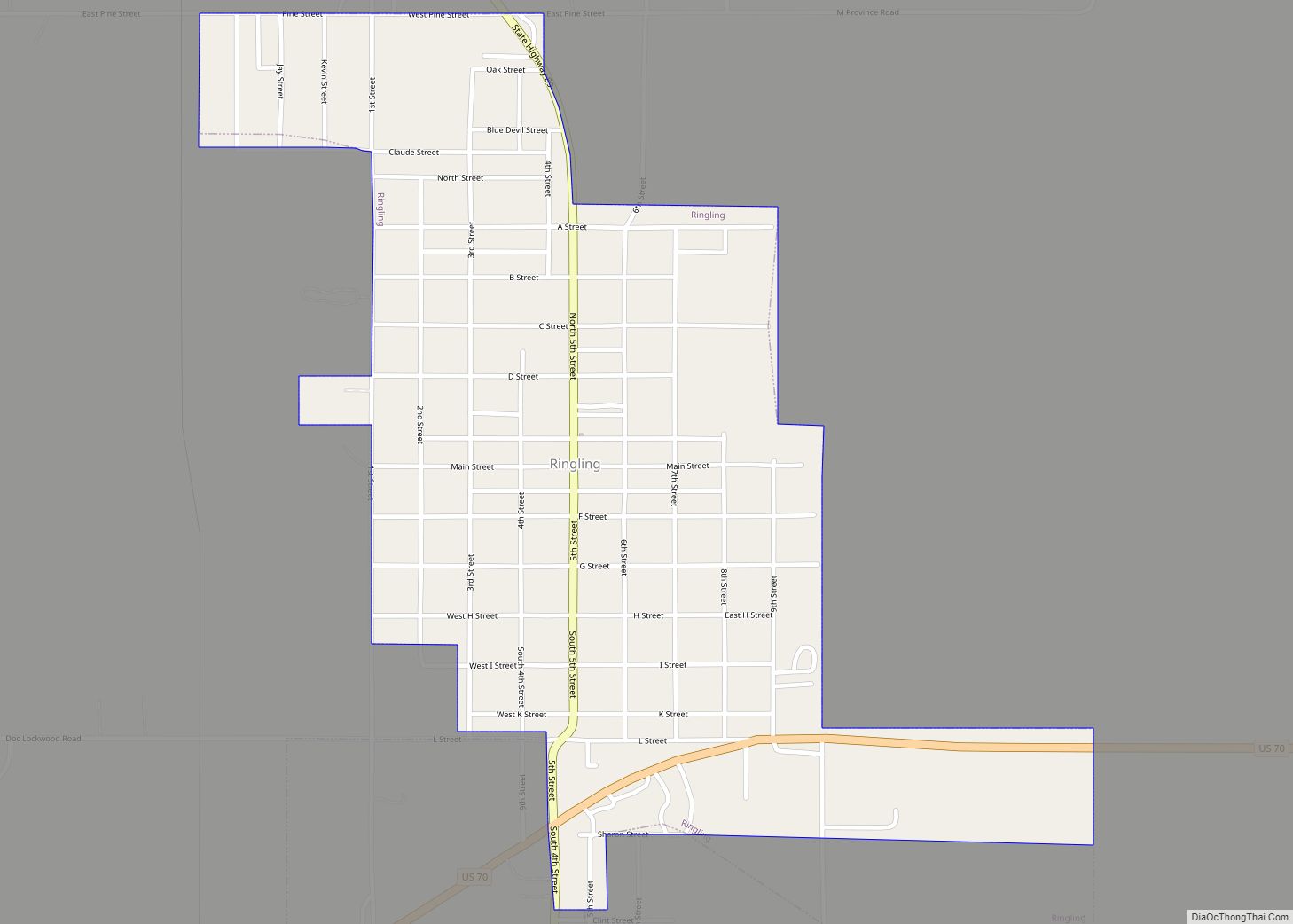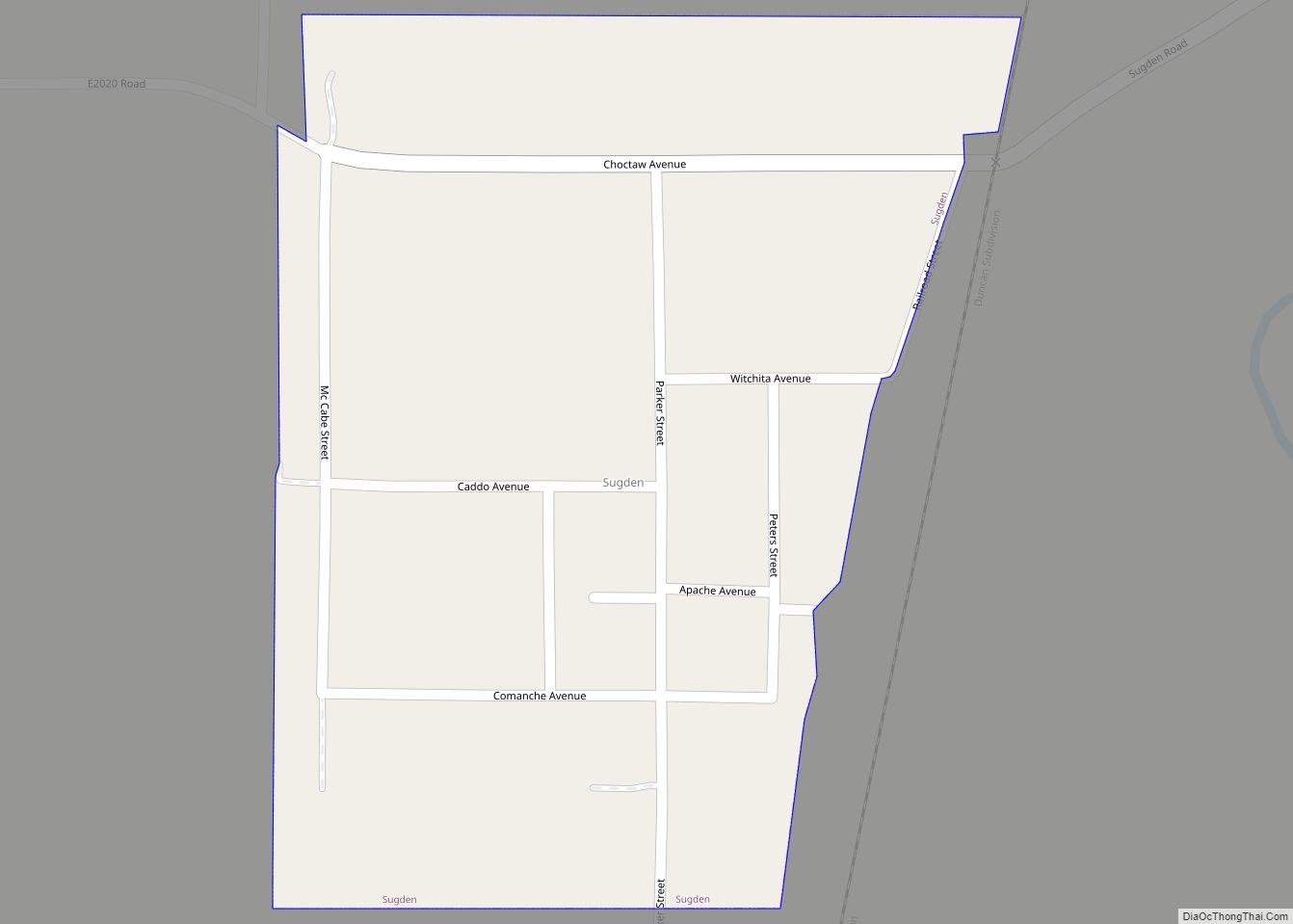Jefferson County is a county located in the U.S. state of Oklahoma. As of the 2010 census, the population was 6,472. Its county seat is Waurika. The county was created at statehood and named in honor of President Thomas Jefferson.
| Name: | Jefferson County |
|---|---|
| FIPS code: | 40-067 |
| State: | Oklahoma |
| Founded: | 1907 |
| Named for: | Thomas Jefferson |
| Seat: | Waurika |
| Largest city: | Waurika |
| Total Area: | 774 sq mi (2,000 km²) |
| Land Area: | 759 sq mi (1,970 km²) |
| Total Population: | 6,472 |
| Population Density: | 8.5/sq mi (3.3/km²) |
| Time zone: | UTC−6 (Central) |
| Summer Time Zone (DST): | UTC−5 (CDT) |
| Website: | www.jeffcoinfo.org |
Jefferson County location map. Where is Jefferson County?
History
In the 1750s, the Taovaya Indians, a Wichita tribe, established twin villages along the Red River, in Jefferson County and across the river near present-day Spanish Fort, Texas. The village became “a lively emporium where Comanches brought Apache slaves, horses and mules to trade for French packs of powder, balls, knives, and textiles and for Taovaya-grown maize, melons, pumpkins, squash, and tobacco.”
In 1759, in response to the destruction of the San Saba Mission, the Spanish led an expedition against the Taovaya and their allies and attacked the twin villages. The Indians defeated the Spanish army. (See Battle of the Twin Villages) The Taovaya villages were abandoned before 1841 as the Taovaya had been decimated by smallpox and encroachment by other Indians and Anglo-Americans.
In the 1830s, the Choctaw tribe acquired more than two-thirds of the land now covered by Jefferson County, and the closely related Chickasaw tribe began to relocate there. In 1855, the two tribes formally divided and this area became part of the Chickasaw Nation. The western part of the present county became part of the Kiowa-Comanche-Apache Reservation, created by the 1867 Medicine Lodge Treaty. That area was opened to settlement by non-Indians by the Kiowa-Comanche-Apache Opening in 1901.
After the Civil War, the Chisholm Trail, which passed through this area, was heavily used to drive cattle from Texas to markets in Kansas. In 1892, the Chicago, Rock Island and Pacific Railway laid tracks along the trail route. The Enid and Anadarko Railway, sold to the Rock Island in 1903, built a line from Lawton to Waurika. The Wichita Falls and Oklahoma Railroad built the last railroad in the county in 1923, from Texas to Waurika. It went out of business in 1942. A railway line was built from Ardmore to Ringling.
Until statehood, the territory of the present-day county was part of Pickens County, Chickasaw Nation.
Statehood in 1907 brought about the demise of the Chickasaw government and creation of Jefferson County. At that time the southeast corner of the county extended to Mud Creek including the communities of Belleville and Courtney. In 1924 the southeast corner of the county was realigned to its current boundary. The Oklahoma Constitutional Convention named Ryan as the county seat. An election for the seat was held in 1908 between Ryan, Sugden and Waurika, but none of the towns won a majority. Another election was held in 1912, resulting in Waurika being named as the county seat.
Jefferson County Road Map
Geography
According to the U.S. Census Bureau, the county has a total area of 774 square miles (2,000 km), of which 759 square miles (1,970 km) is land and 15 square miles (39 km) (2.0%) is water. The county drains into the Red River via Beaver and Mud creeks. Waurika Lake was created in 1971 by damming Beaver Creek in northwestern Jefferson County.
Major highways
- U.S. Highway 70
- U.S. Highway 81
- State Highway 5
- State Highway 32
- State Highway 79
- State Highway 89
Adjacent counties
- Stephens County (north)
- Carter County (northeast)
- Love County (east)
- Montague County, Texas (south)
- Clay County, Texas (southwest)
- Cotton County (west)
